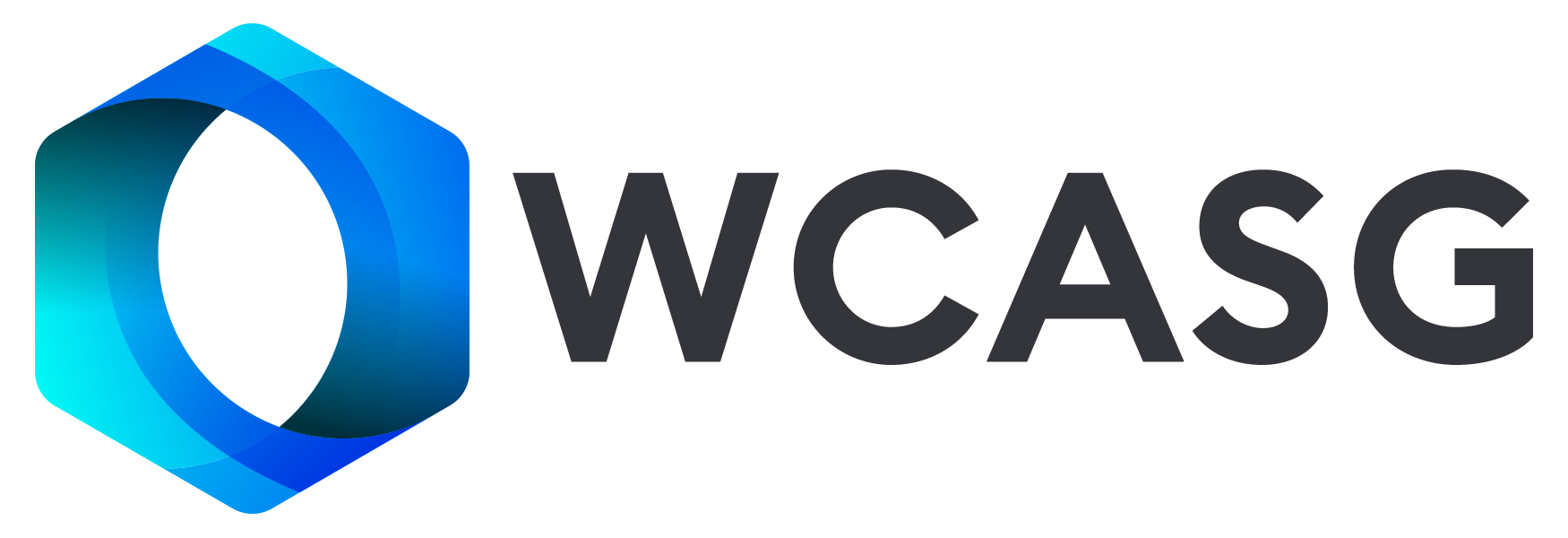
Frequently Asked Questions
Accessibility refers to whether all web users can easily access your website, documents, and mobile assets. It’s crucial to take steps to make sure your website is accessible because it’s now required by law under the Americans With Disability Act (ADA). Your company can get sued otherwise. In addition, there are 61 million disabled people in the United States. Having an accessible site opens up your business to all of these potential prospects.
The Rehabilitation Act of 1973 was amended in 1998 to include Section 508, which requires federal agencies to make their electronic and information technology (EIT) accessible to people with disabilities, including both employees and members of the public. Section 508 standards were recently revised and as of January 1, 2018, federal agencies and contractors also have to meet the revised standards — including the adoption of the Web Content Accessibility Guidelines (WCAG) 2.0 A/AA as the official accessibility requirements.
There are two main sections of the law which deal with accessibility:
Title II – Covers all federal, state, and local government programs and activities (and those who receive funding in the amount of $2,500 or more from state and local government). This includes most colleges and universities. This provision prohibits discrimination on the basis of disability in accessing the services, programs, and activities they offer.
Title III – Covers businesses (private entities) that are considered a place of public accommodation or places that sell products to the public. This includes sales and rental establishments, service establishments, nonpfit organizations, and those who offer goods and services to the public.
In 1990, the Americans with Disabilities Act (ADA) was passed, requiring that businesses and anything deemed a “public space” was required to make appropriate accommodations for disabled individuals so that they were able to use those public spaces. Since the advent of the internet in the late 1990’s, it’s been debated as to whether the internet should be deemed a “public space,” as well. For the past few years, the main place it’s been debated is in a court room, and consistently, courts have ruled in favor of Plaintiffs, costing businesses a substantial amount of money in legal fees from discrimination lawsuits – and bad publicity.
In 2008, guidelines set forth in WCAG 2.0, provided a system of rules to assist businesses and website developers in building sites with ADA regulations in mind, offering three-level standard of grading:
A = Below Acceptable
AA= Acceptable (And the minimum of where businesses should be)
AAA= Exceptional
Any website falling in the “A” range is at risk of exposing itself to the same type of costly lawsuit that many organizations have already experienced. The requirement levels are technical in scope, and therefore, it’s best to work with a company like WCASG that specifically understands the requirements. With the number of website/ADA lawsuits growing exponentially in 2019-2020, we strongly recommend acting NOW to upgrade your website to full WCAG 2.0 guidelines.
It’s estimated that 1 in every 5 U.S. citizens (about 57 million people) have a disability of some kind. The U.S. now requires that all businesses, organizations, and governmental agencies which provide services to the public must make their websites accessible to all disabled people.
20 percent of people in the U.S. (48 million people) report some degree of hearing loss.
2.3 percent of people in the U.S. (7 million people) report having a visual disability, and 1 million people in the U.S. are legally blind.
16 percent of people in the U.S. (39 million people) have difficulties with their physical functioning, and roughly 8 million people in the U.S. have an intellectual disability.
The top four disabilities that affect website use the most are being visually impaired, hearing impaired, impaired in gross and/or fine motor skills, and being an epilepsy sufferer.
So, the aspects of a website that usually need to change relate to: addressing keyboard navigation, using screen readers, increasing the text size, stopping animations, and modifying the color contrast. Our ADA-compliance app makes all of these necessary changes – and more.
Our staff is happy to provide you with a free Accessibility Assessment – and a customized Accessibility Plan – for your business, organization, or agency. Contact us today to discuss.
To help you become compliant, WCASG offers a free Scan Tool, a complimentary Accessibility Consultation, our ADA Site Secure app, Accessibility training, and ADA-compliant website development services to address: mobile applications, PDFs and other documents, audio and video transcription, and other more specialized issues. We also offer digital marketing services.
Priced at $350, our ADA Site Secure app will handle the great majority of website accessibility issues for most businesses and organizations. If any additional programming or specialized website development work is necessary, we can quote you a separate, affordable fee.
